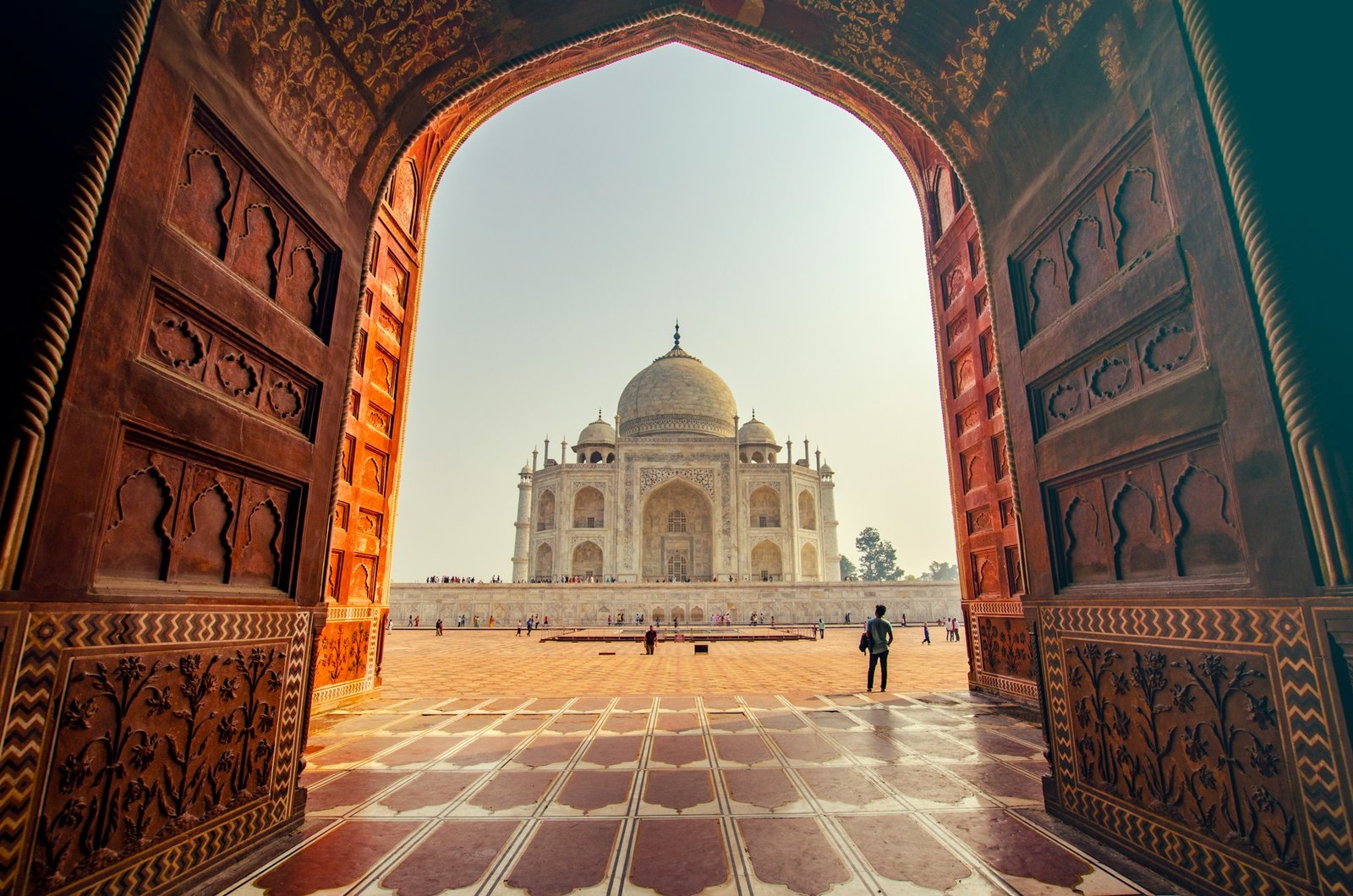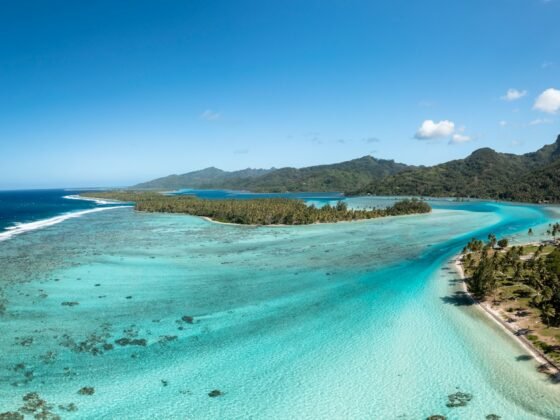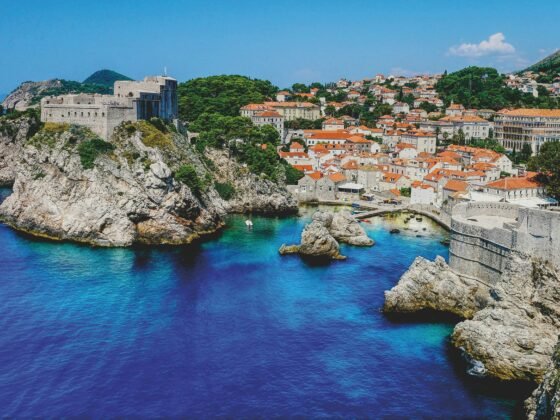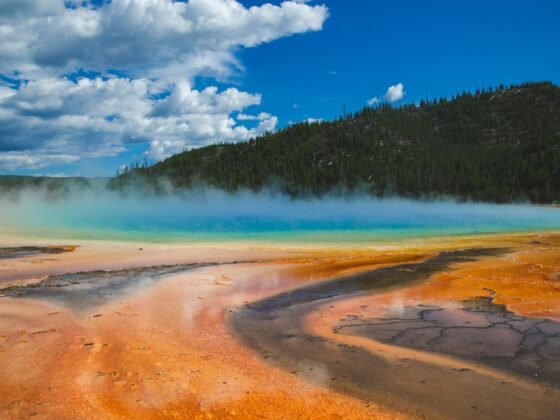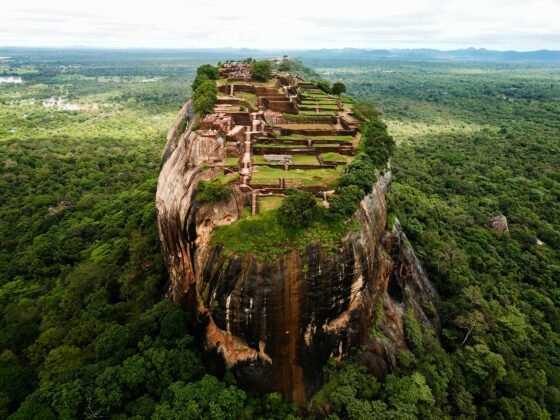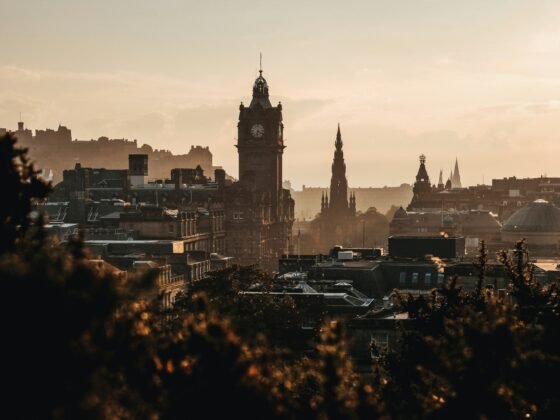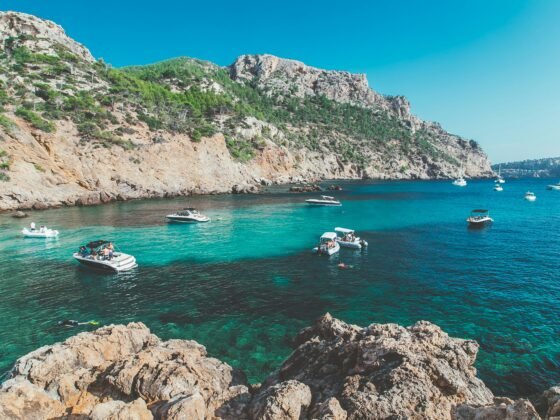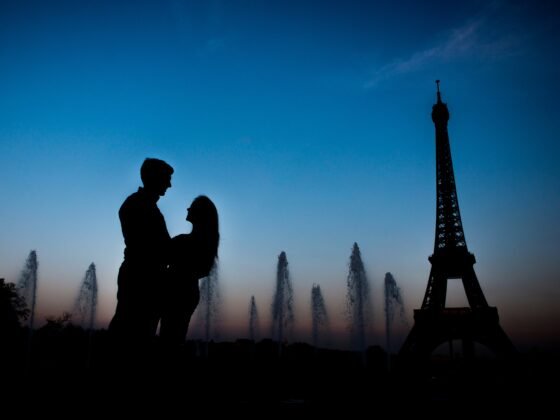India is the kind of place that does not fit into a single description. It is loud and quiet, overwhelming and peaceful, ancient and modern all at once. From the dry forts of Rajasthan to the frozen peaks of Ladakh, every corner of the country tells a different story. For first-time travelers, planning where to go can feel like opening a giant map with too many options. This guide breaks it down and helps you choose the right destinations for your interests, whether you want culture, nature, or trekking trails.
Start with the Golden Triangle
For many visitors, the first stop is the Golden Triangle: Delhi, Agra, and Jaipur. It is popular for a reason. These three cities offer a taste of India’s rich history, busy markets, and famous monuments.
Delhi is a mix of old and new. One moment you are wandering through narrow lanes in Old Delhi, and the next you are driving past tree-lined boulevards in New Delhi. Visit Humayun’s Tomb, India Gate, and the Qutub Minar. Take a rickshaw ride through Chandni Chowk, and try chaat from a busy food stall. It is a lot, but it gives you a real sense of the country’s pace.
Agra is all about the Taj Mahal. But once you have seen it (and it really is as beautiful as they say), head to Agra Fort and Mehtab Bagh for a quieter view of the city. Spend just one night here, and then move on to Rajasthan.
Rajasthan’s Royal Past
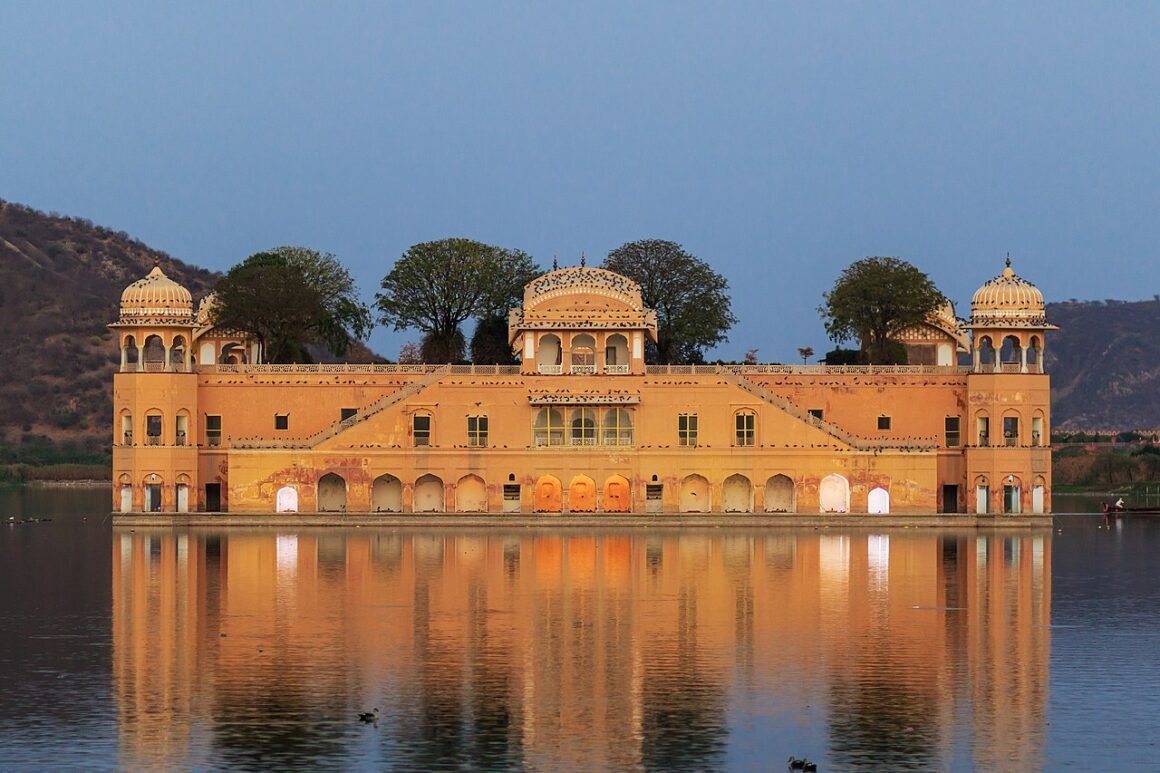
Rajasthan is often seen as the cultural heart of India. The palaces, forts, and desert landscapes are what many travelers imagine when they think of India for the first time. You will find a long list of tourist places in Rajasthan, and choosing where to go depends on what kind of experience you want.
Jaipur, the Pink City, is full of life. Explore the City Palace, Amber Fort, and the Hawa Mahal. Markets spill into the streets, and the rooftops are filled with cafés and kite strings.
Jodhpur has its own charm. With its blue-painted houses and towering fort, it feels like a place built for photographs. Climb up to Mehrangarh Fort, then lose yourself in the lanes of the old town.
Udaipur offers a slower pace. The lakes, the palaces reflected in the water, and the mountain backdrop all come together to create one of the most relaxing places in Rajasthan.
Pushkar and Bikaner are less visited but still rich in character. Pushkar has a spiritual feel, with its lakeside ghats and temples. Bikaner is known for its food, camel festivals, and intricate havelis.
Each of these cities is part of a different story, but together they offer a picture of Rajasthan’s layered history. Travel by train or hire a car and driver to make the most of your time.
Into the Mountains: Ladakh
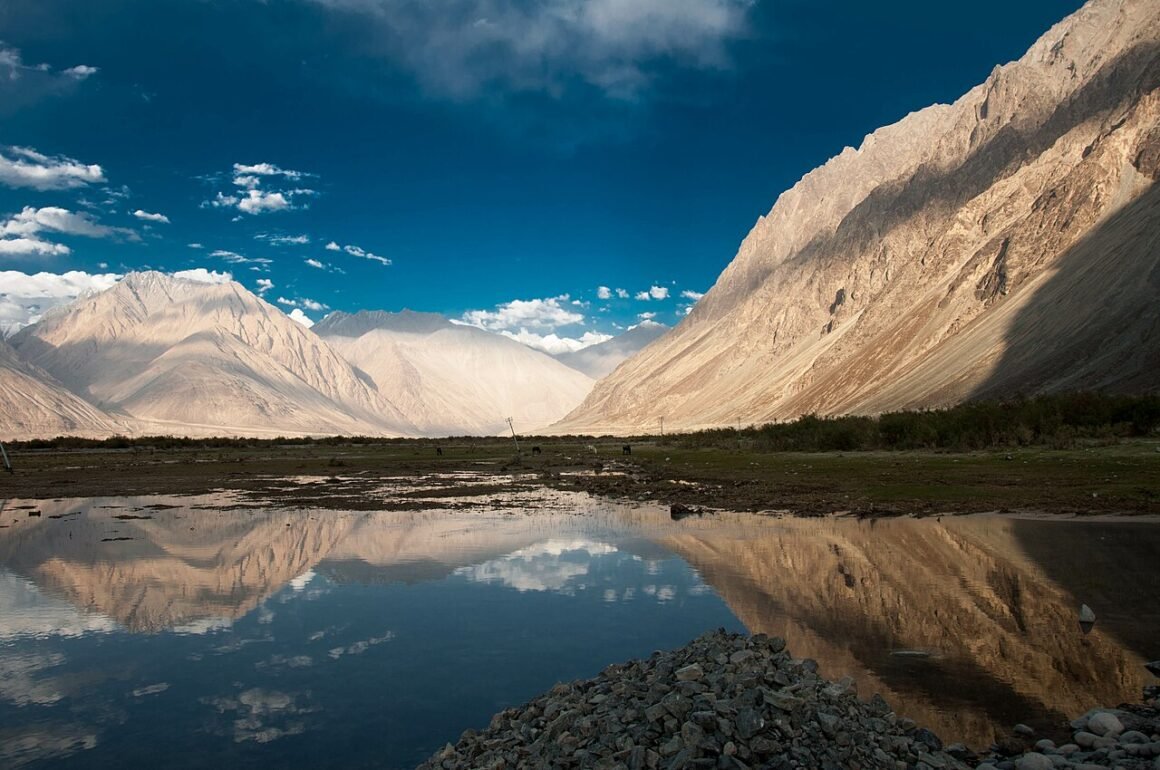
While Rajasthan shows India’s warm and colorful side, Ladakh brings you into another world entirely. Located in the far north, Ladakh is a high-altitude desert, shaped by wind, snow and silence. It feels more like Tibet than anywhere else in India, with its Buddhist monasteries, prayer flags, and rugged terrain.
Leh is the entry point. At over 3,500 metres, it is important to rest for a few days before exploring. Once you have adjusted to the altitude, there are many tourist places to visit in Ladakh, from Pangong Lake to Nubra Valley. Long drives through winding mountain roads take you to tiny villages, glacier-fed rivers, and ancient monasteries perched on cliffs.
Ladakh is ideal for those looking for space, nature, and quiet. The landscapes are vast, and the people are warm and welcoming. This is a place where you slow down, take long walks, and watch the sun rise over a cold, clear sky.
Trekking in Ladakh: The Markha Valley
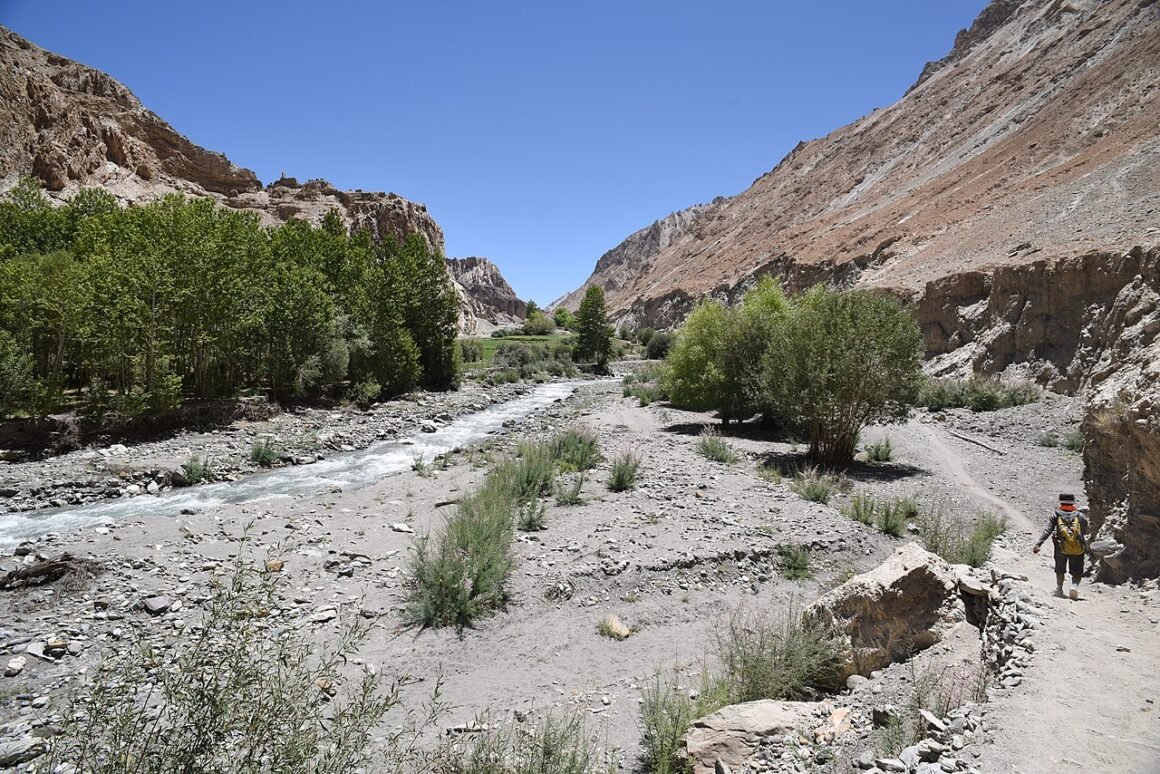
If you are looking to combine adventure with scenery, Ladakh is one of the best places in India for trekking. Among the most popular routes is the Markha Valley trek, a multi-day journey through remote villages, high passes, and barren landscapes.
The trail begins near the village of Chilling or Spituk and follows the Markha River through narrow canyons and open plains. You will pass mani walls, yak herders, and barley fields, with snow-covered peaks always in the background. The highest point of the trek, Kongmaru La, offers views that stretch across the Zanskar range.
This is not a luxury trek. Accommodation is basic, and the altitude makes every step slower. But that is part of the experience. You are walking through a place that has barely changed in generations. Homestays along the way give a glimpse into local life, with simple meals and warm smiles.
The Markha Valley trek is best done from June to September, when the snow has cleared and the trails are open. It is possible to do it solo if you have experience and proper maps, but most people join small groups or hire a guide.
When to Travel
India’s climate changes a lot depending on where you are. For most places in North India, October to March is a comfortable time to visit. The weather is dry, and the temperatures are cooler.
If you are heading to Ladakh, the season is shorter. The best time to visit Ladakh is from June to early September. Outside of these months, the mountain passes close due to snow, and many guesthouses shut for the winter.
In Rajasthan, the winter months are ideal. January and February are especially nice, with sunny days and cooler evenings. Avoid May and June, when the desert heat can be intense.
Photo by Sylwia Bartyzel on Unsplash

